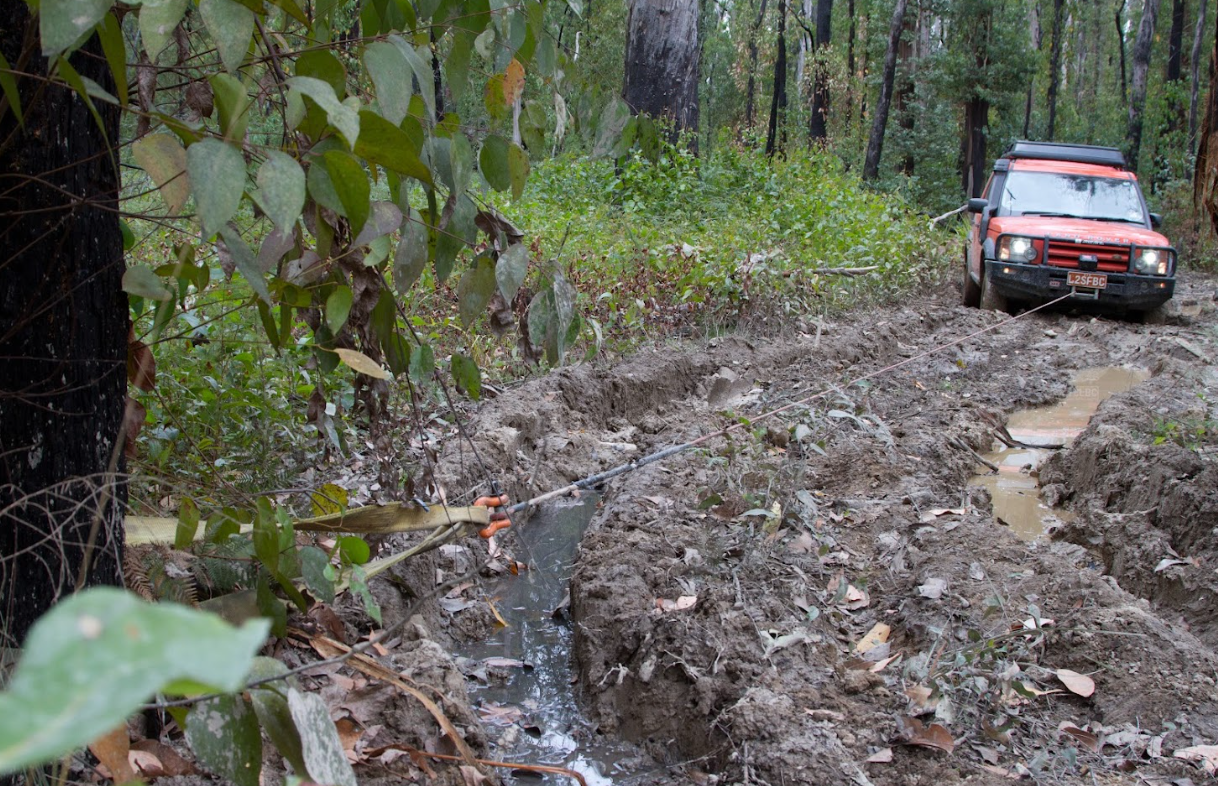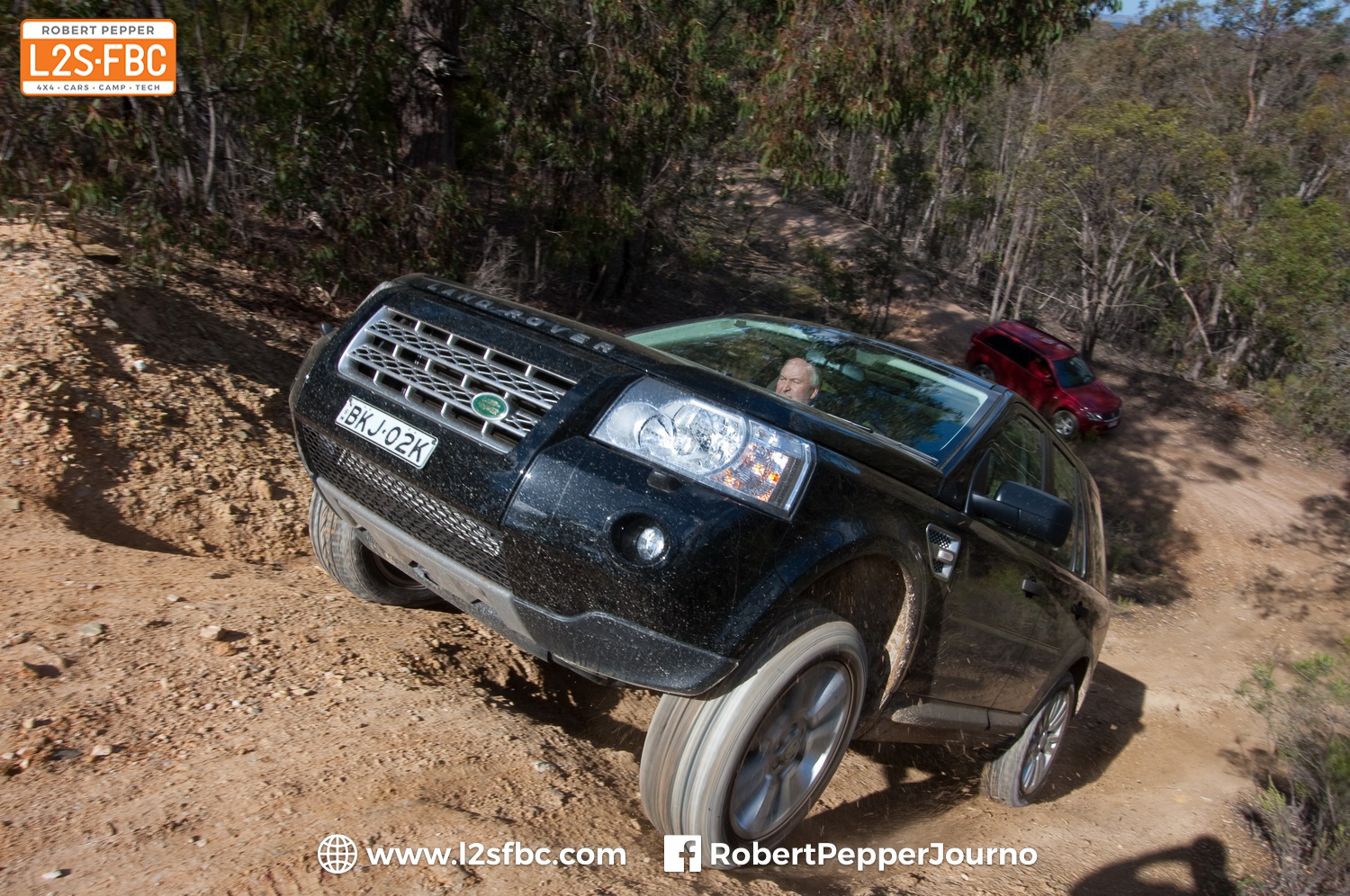
Should you drive and winch?
NEVER DRIVE AND WINCH! LET THE WINCH DO ALL THE WORK! I’m sure you’ve heard that before. Some manufacturers actually deactivate the winch unless the car is in neutral, or restrict its use to certain modes e.g. not in Park.
But is this a good idea?
As ever, it depends, but the short answer is “generally, drive and winch”. Let me explain.
4×4 recovery, including winching, involves potentially fatal forces. Therefore, you want to reduce those forces as much as possible – it’s a simple equation, less force = more safety. Driving whilst winching can significantly reduce the force required, so the recovery becomes safer and also reduces wear and tear on your winch. The recovery is also quicker too. How do I know? I’ve measured it – watch this:
It makes sense, even leaving the car in Drive means the wheels are trying to pull the car up the hill, or through a mudbog.
So why would ever not winch and drive?
The main reason is when you need all your traction for lateral grip. For example, let’s say you’re on a sideslope, and you are in danger of sliding sideways. All the tyre’s grip is used for lateral traction. If you accelerate, or brake, you’ll exceed the grip limit and slide. Think of your tyre as having a ‘grip budget’ and you can spend it on turning (lateral grip) or braking/accelerating (longitudinal grip). This video explains the concept:
Another reason is where you may gain some grip, drive forwards faster than the winch cable is pulling in, then fall back, shock-loading the winch rope. This is not good for the winch, or the rope, or anything. It is poor driving…and there’s the key. All you need do is *not* overrun the rope! And that’s surprisingly easy, just pay attention to the noise of the winch motor. You can easily hear when it is under heavy load or light load, and so when the noise changes from heavy to light…you simply back off the drive. When the winch load increases, so too increase the drive to help. If you’re in an auto, this is quite simple, in a manual the same principle applies. You don’t need lots of revs, simply first low, leave the car at idle, and lift the clutch a little. Even that helps.
So there you go. Driving and winching provably reduces recovery loads by significant margins, so you should do it, but there’s times it is indeed best to let the winch do all the work. A nuanced answer, who’d have thought!


